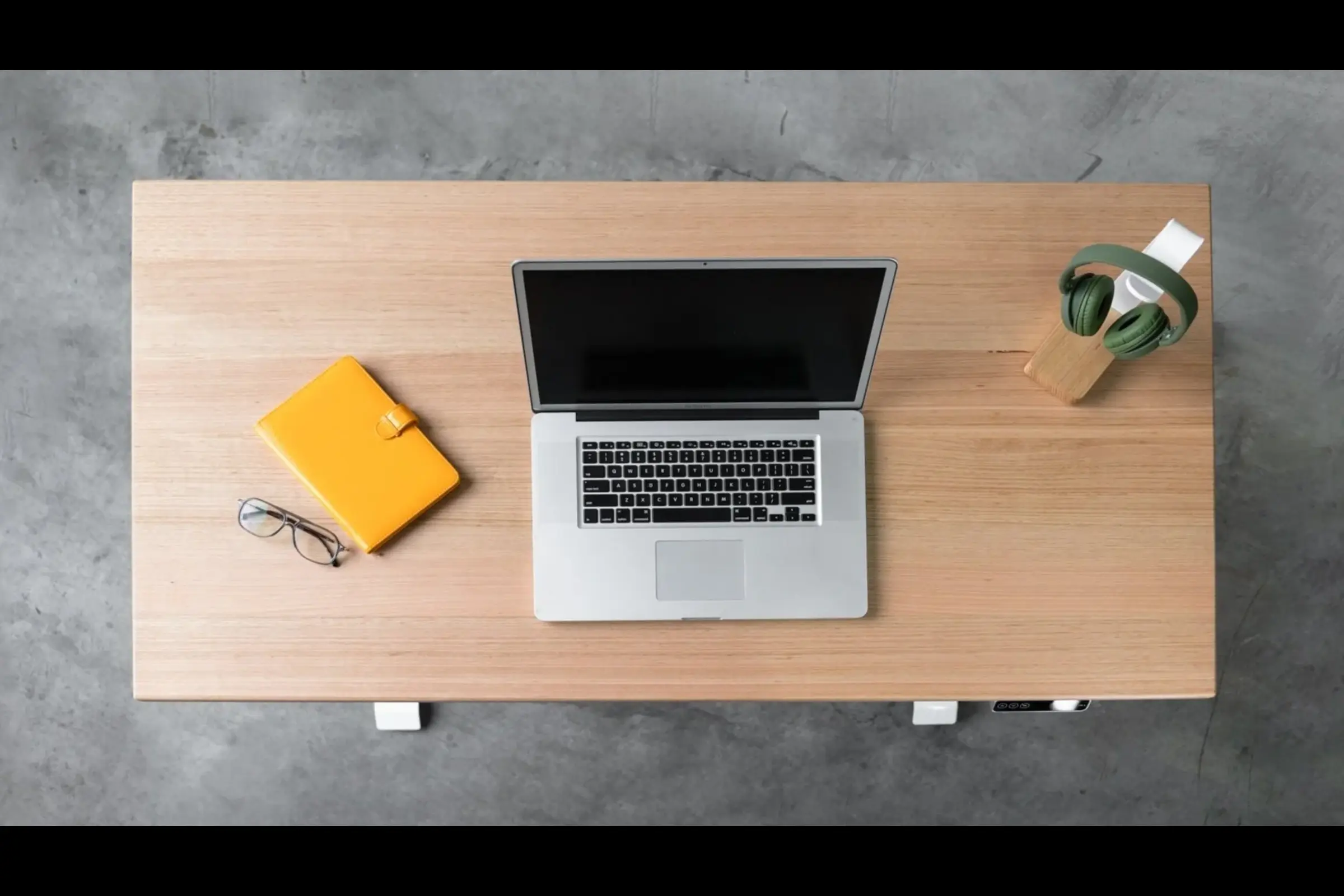Design First, Code Second: Why Good Websites Start on Paper
.jpg)
Whenever I start a new project, I get the same urge every time — to open Webflow, drop in a few sections, and start building right away.
It’s exciting, right? Seeing something come to life on the screen almost instantly.
But I’ve learned, after building a lot of sites, that the best ones never start there.
They start much earlier — on paper, in a notebook, or even just in a few quiet minutes of thinking before touching a tool.
That first stage — the “unseen” part — is where most of the real work happens.
It’s where ideas are shaped, messy thoughts turn into structure, and goals turn into direction.
Understanding the “why” before the “how”
When someone reaches out about a new site, I don’t jump straight into layouts or animations.
I ask questions — sometimes too many.
What’s your story?
Who’s this really for?
What do you want people to feel when they land on your site?
It’s not small talk; it’s design work.
Because without clarity, design is just decoration.
And when you skip the “why,” you usually end up backtracking later — changing copy, reworking pages, and trying to “fix” something that was never clear to begin with.
Once I understand the “why,” the rest naturally falls into place.
Colors make sense.
Typography starts to have personality.
Even layout choices feel obvious instead of forced.
That’s when I open Webflow.
Webflow is my tool — not my starting point
Don’t get me wrong: I love Webflow. It’s fast, visual, and gives me an almost immediate feedback loop between design and build.
It’s the closest thing to designing in the browser without touching code.
But it’s still just a tool.
And tools don’t make good design decisions — people do.
I see a lot of projects (and even portfolios) that are built beautifully in Webflow but lack depth.
The animations are nice, but they don’t have purpose. The layout is clean, but it doesn’t tell a story.
That’s what happens when you start with “how” instead of “why.”
When I start sketching before building, the end result always feels more intentional.
Webflow becomes a translator for my ideas, not a generator of them.
When code comes into play
Now and then, I’ll hit a limit — something Webflow can’t quite handle.
That’s when I go back to code: HTML, CSS, and JavaScript.
Sometimes it’s just a small interaction that needs finer timing.
Sometimes it’s a performance tweak, a lazy-loaded image setup, or a CMS trick that keeps the site running smoother.
For me, writing code isn’t a step backward — it’s a way to stay flexible.
Webflow handles the structure, publishing, and workflow.
Code handles the details that make a site feel crafted rather than assembled.
The balance between the two is what I love.
It’s like being both the architect and the builder — you can design freely, but you also know how things are put together behind the walls.
The quiet part of design
I think most good design happens in the quiet moments — before anyone else sees it.
When you’re sitting there sketching, or rearranging blocks in your head, or writing down random ideas that might not even make it into the final project.
That’s the stuff that doesn’t show up in a case study or a Dribbble shot.
But it’s the foundation for everything else.
Every decision — what to keep, what to remove, what to emphasize — comes from slowing down long enough to think about the user’s experience, not just your own.
It’s not about chasing trends or pixel-perfect layouts.
It’s about clarity.
It’s about making something that feels right — even if it’s simple.
The small lesson that keeps repeating itself
The more projects I build, the more I realize that simplicity always wins.
Not the kind of simplicity that looks empty — but the kind that feels calm and confident.
When a website feels effortless, that’s a sign of all the work that happened behind the scenes: the planning, the rethinking, the late-night tweaks that no one will ever notice.
And that’s why I remind myself — every time — to start with design first.
Not a Figma file. Not a Webflow project. Not a code editor.
Just an idea, a pencil, and some space to think.
Because when the foundation is strong, the tools become almost invisible.
And that’s when you know you’ve built something that actually works — not just technically, but emotionally.
Closing thought
So, if you’re starting a new project, resist the urge to open your tools right away.
Grab a notebook instead.
Write. Sketch. Think.
When you finally open Webflow, everything will flow faster and feel more natural — because you already know where you’re going.
Design first. Code second. Always.

%2520(1).jpeg)
.jpeg)

.jpeg)